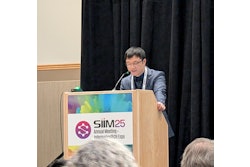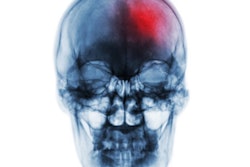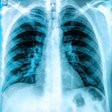Most patients report being confused about their radiology reports, according to research published October 25 in Current Problems in Diagnostic Radiology.
A team led by Benjamin Hee, MD, from Thomas Jefferson University in Philadelphia, PA, in a qualitative analysis also found that many patients receiving their reports through the electronic medical record (EMR) reported anxiety and fear when trying to understand their results.
“Suggestions to improve understanding included adding a lay summary and defining scoring systems,” Hee and colleagues wrote.
While patients have more access than ever to their medical reports thanks to the 21st Century Cures Act, these reports are traditionally written for clinicians. This can lead to confusion among patients about the medical language used in reports, including those written for radiology. The researchers suggested that this may open the door for misinterpretation by patients who may not consult physicians for help in understanding their imaging reports.
Hee and co-authors studied trends in the experience of patients who try to understand the results of a radiologic exam without the help of a physician.
The study included 20 qualitative interviews with participants whose ages ranged from 20 to 79. The team provided electronic copies of coronary calcium CT scan reports and asked the participants to read them as if they were their own. The participants then reflected on their experience of reading the reports. The team also asked them to give suggestions for improving the reporting process.
The team reported the following findings:
Half of the total participants correctly identified the significance of a calcium score of 0 or interpreted the results as nothing to be worried about. However, only three participants reported that they would feel relieved if the report were theirs.
Six participants expressed concern about an incidental finding of a pulmonary nodule.
Seventeen (85%) of the participants reported being confused about medical terms and acronyms in their reports, while 40% and 35% reported feeling anxious or being afraid, respectively.
Thirteen participants (65%) suggested removing or explaining the acronyms and scoring system, specifically for coronary calcium scoring.
Twelve participants (60%) wanted to change the report's formatting and reduce the report's length.
These findings highlight the need for more research into this area and the importance of clarity in radiology reporting, the study authors wrote.
“Currently, there are no universal standards for the creation of radiology reports, and we believe our study underscores the need for such standards,” they added.
The authors also noted how patient confusion about their imaging reports could add burden to health providers.
“Almost every participant in our study reported they would seek physician clarification after experiencing confusion when reading their report,” they wrote. “This may increase callbacks, clinic visits, and lead to workflow disruptions for radiologists. Such uncertainty can strain the patient-provider relationship and undermine trust.”
Read the full study here.




















